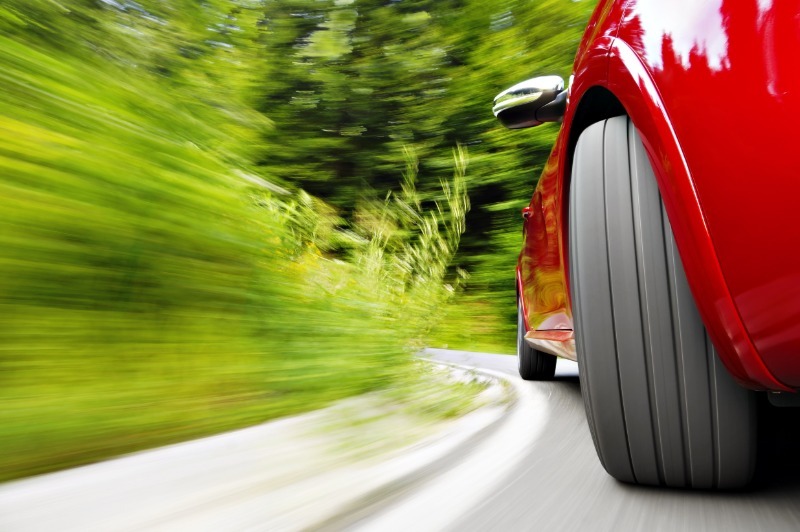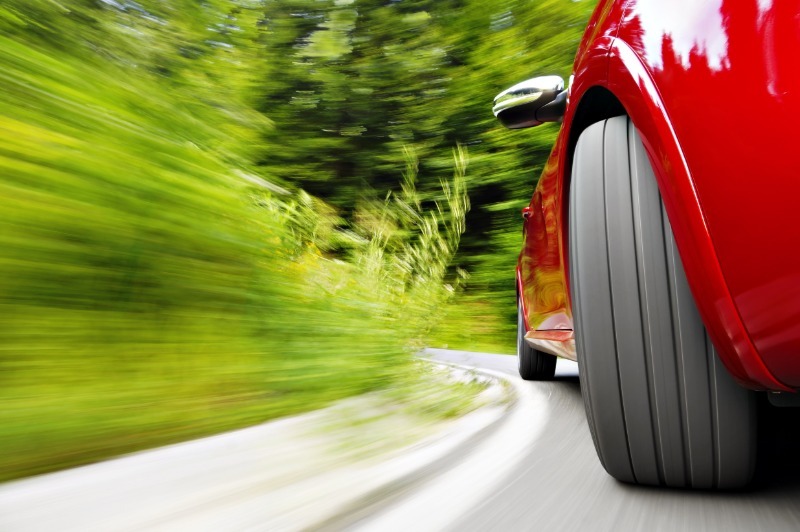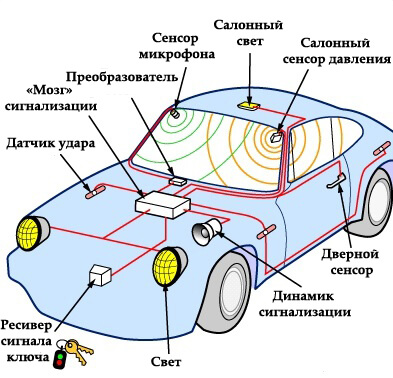
Experience alone is not enough: what the driver needs to know about cornering
Driving experience alone is not enough to become a good driver. It is important to know the nuances of technology and constantly improve them. One of the important skills is the ability to competently overcome turns.

Braking
The most obvious way to start entering a turn is to slow down and turn on the turn signal to indicate your intentions to other road users. It is worth noting that it is necessary to slow down when the car is still moving in a straight line. When turning the steering wheel, the brake pedal must be fully released. If this is not done, then the grip of the wheels with the road will decrease, which can provoke the onset of an uncontrolled skid. If your car has a manual transmission, then in addition to all these nuances, it is also important to choose the right gear for cornering.
Entering a turn
Having picked up the gear, dropping the speed to the optimum and releasing the brake pedal, you can proceed to the most important moment - entering the turn. The trajectory of movement at this moment largely depends on the type of turn, but the principle of entering the turn always remains the same: the movement must be started from the farthest point, gradually approaching the geometric center of the turn. The steering wheel must be turned in one step, doing this at the moment of entering the turn. In addition, when entering a turn, it is important to stay within your lane.
Log out
When the car overcomes the center of the turn, the steering wheel should gradually return to its original position. At the same moment, you need to smoothly begin to pick up speed. If, after overcoming the geometric center of the turn, the driver needs to turn the steering wheel, it means that a mistake was made at the entrance: the wrong moment to start the maneuver or the steering wheel turned too early.
With timely braking and the correct entry, there are no problems with the exit from a complex maneuver. Also an important condition for the successful passage of the turn is the timeliness and smoothness of all movements. This is what a novice driver should strive for, who is often given away by fussy and jerky movements.
Fast turns (arcs)
All turns are usually divided into large and small. The first group includes most of the turns encountered in the city: intersections, various U-turns, turns in the parking lot and when entering the yard. Small are also called high-speed arcs on the track. The basic rules for passing both types of turns are the same. However, there are several important nuances in the movement technique.
Unlike slow corners, fast turns must be taken at a higher speed, which makes it more difficult to maneuver, as any mistake can cause an accident. Despite the fact that the overall speed becomes greater, it must remain comfortable and safe for the driver. In addition, it is important to observe the following rules:
- You need to turn the steering wheel only at the moment of entering the turn. If the driver makes unnecessary jerky movements, this always worsens the adhesion of the wheels to the road;
- It is necessary to accurately calculate the speed and reset it to comfortable levels so that you do not have to slow down during the maneuver. If it was not possible to calculate the speed, you need to slow down very carefully so as not to “let” the car go into a skid.
Keeping a look
Our body is designed in such a way that the hands move in the same direction where the gaze is directed. Therefore, when entering a turn, it is important to look in the direction of travel, and not at the obstruction or curb around. Thus, the driver increases his chances of noticing an oncoming car in time and completing a difficult maneuver without any problems. Compliance with this rule is especially difficult for novice drivers, so at first you need to consciously control the direction of your gaze.
The tips and recommendations described in the article are not enough to know in theory, since without regular practice they will not bring the desired effect. The more you train, the less you will have to think about your every movement and action when passing a difficult section of the road.
